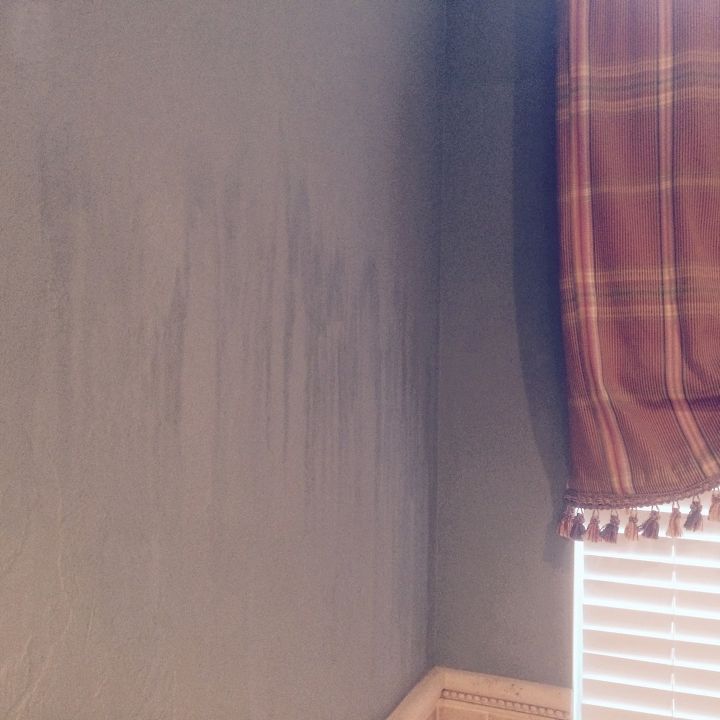What can you do to avoid it.
Why do my bathroom walls sweat and mold.
Condensation is more common in bathrooms and kitchens where steam is produced by bathing or cooking.
This is sometimes common in older houses that do not have the proper vents or fans to eject excess moist air.
The surface and the air temperature is too cold.
Also warmer air can hold more moisture resulting in heavier condensation.
High levels of humidity inside the home cause moisture to condense on the walls and sometimes the windows as well.
You smell a definite musty odor in the room but can t see any mold in this case check air ducts for mold as well.
There is high moisture in the air.
The most common places to find mold are tile grout caulk and painted or wallpapered walls.
It can also happen if the walls are concrete or brick and haven t been sealed properly.
There has been flooding or other significant water damage in the home.
Condensation forms on the surfaces of walls.
There is a significant amount of wall mold on the outside of your walls.
Especially if you have vinyl wallpaper or ordinary emulsion paint it can burrow below the surface.
The problem known as sweating walls involves unusually high amounts of moisture gathering on the interior walls of the home.
Condensation occurs when hot moist air hits cold dry air.
Water droplets tend to form on windows mirrors walls and stools when warm moist air is cooled by these cold surfaces.
I ve seen this before in some bathrooms and always just cleaned the walls down well and painted 2 coats of eggshell or matte finish on it.
Mould also called mildew is actually a fungus.
Typically a bathtub shower or entire bathroom remains damp enough for mold growth just from showering or bathing.
This water drips onto the floor or soaks into the wall causing damage.
Hey guys i have a customer that told me over the phone that his bathroom walls that he is hiring me to repaint have what looks like water streaks or water drip marks on them.
Prolonged periods of high moisture in the house can lead to mold and the walls may even begin to rot.
The only way to know for sure if there is mold in walls is to look.
Bathroom mold occurs primarily because mold loves damp dark isolated spaces says larry vetter of vetter environmental services in smithtown n y.
This sweating phenomena can happen when.
However if condensation happens often enough and for long enough the damp in the walls provides the perfect breeding ground for bacterial mould.
Definitely the bathroom is a ground zero if you will for mold growth probably because mold likes to grow in dark damp areas bathroom mold looks unsightly and can irritate allergy sufferers.
This kind of moisture is what you ll find on the bathroom walls after a super hot shower.

